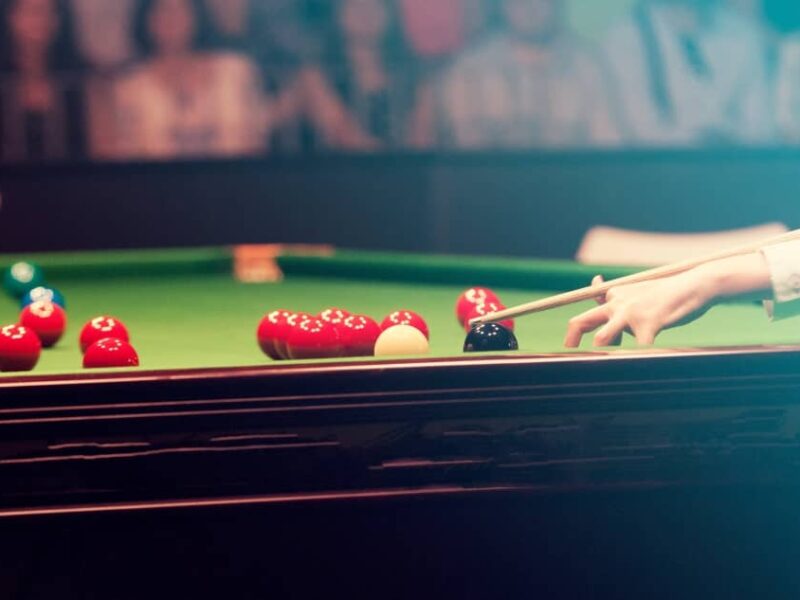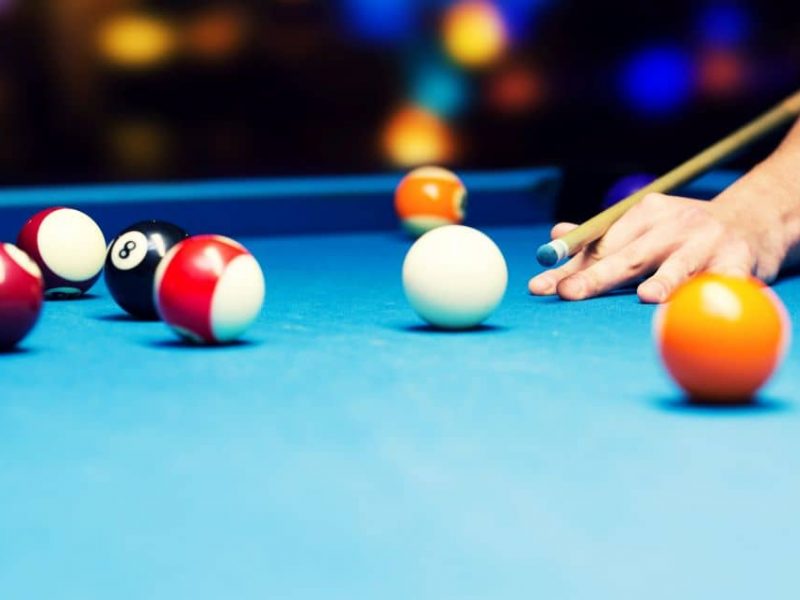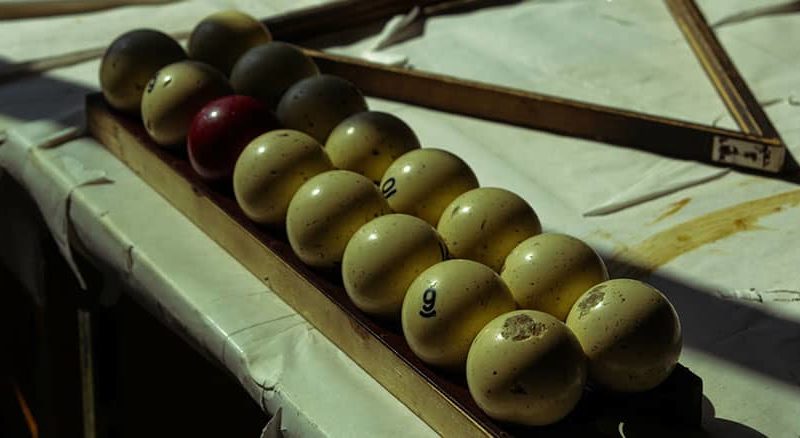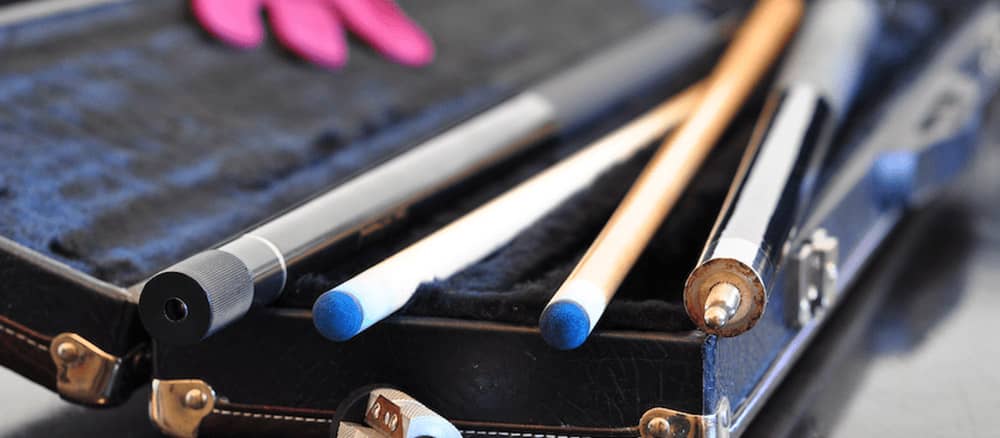
History of the Pool Cue
The game of Pool’s history is long and rich. Commoners, kings, presidents, ladies, and gentlemen played the game. From being a croquet-like sport played on a lawn during the 15th century, it evolved into an indoor game.
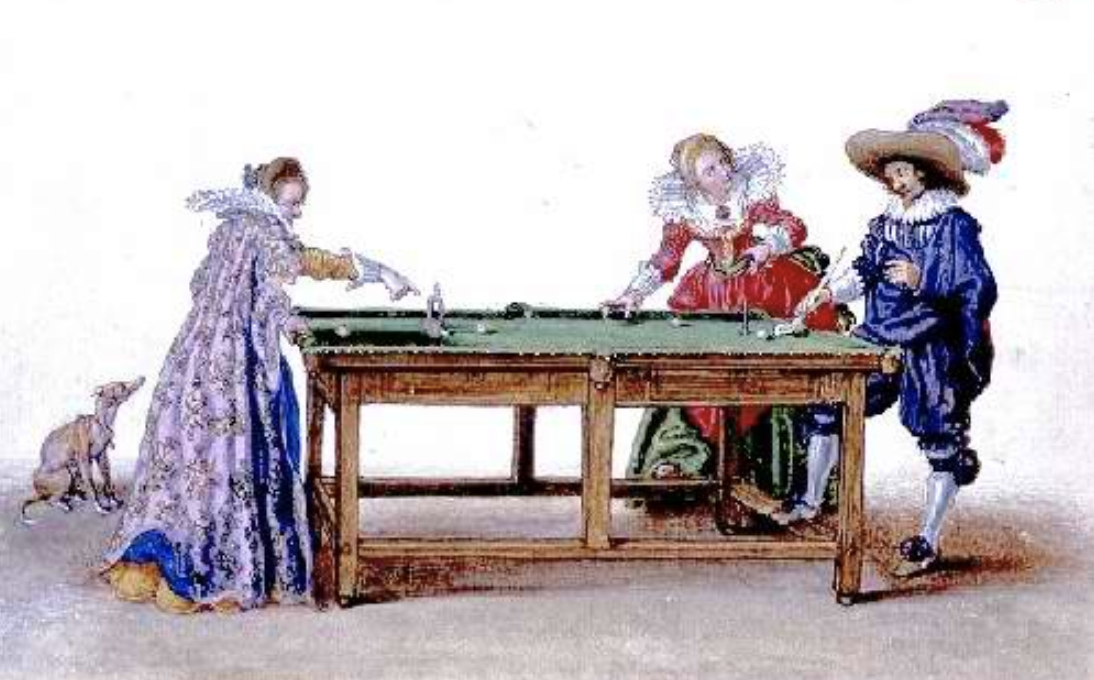
Figure 1: Noble people playing pool
Today, the pool game that we know is played on a table with green cloth. Although this cloth can be of any colour from red to blue, green remains the most popular. Since the original version of the game is an outdoor game, the green felt table is believed to represent grass.
This article discusses the evolution of pool cue sticks, from the early days to modern times.
A Quick Look at the Development of Pool Cue Sticks
Along with the changes in how people played pool, there were also modifications in the stick used. The pool cue is essential to the game. The one we recognise today was created in the late 1600s. Back then, these sticks were not used. Maces were in their place, which was for shoving the pool balls to the table pockets.

Figure 2: Example of mace in the 1800s
However, the players noted that the mace made it hard to play efficiently. It was especially true whenever the ball would be close to a rail because of the mace’s large head. During that time, the players unhappily found a way to solve the problem by turning the mace around. They would then use the handle for striking the pool balls. Needless to say, it was inconvenient for the players. The solution was to come up with “footless” sticks.

Figure 3: A mace’s bulky head, preventing players from shooting pool ball properly
The handle of the mace was known as a “queue,” which meant “tail.” From there, it evolved, and we now have the word “cue.”
Even with the invention of the cue stick, there were still some players that chose mace over the other. Public pool rooms were soon available, although skilled players only used them.
For several years, men were the only ones allowed to use the all-new cue at that period. For women who played pool, they could only use the mace. The players thought that women had a bigger tendency to rip the pool cloth if they used the cue stick, which was quite sharp.
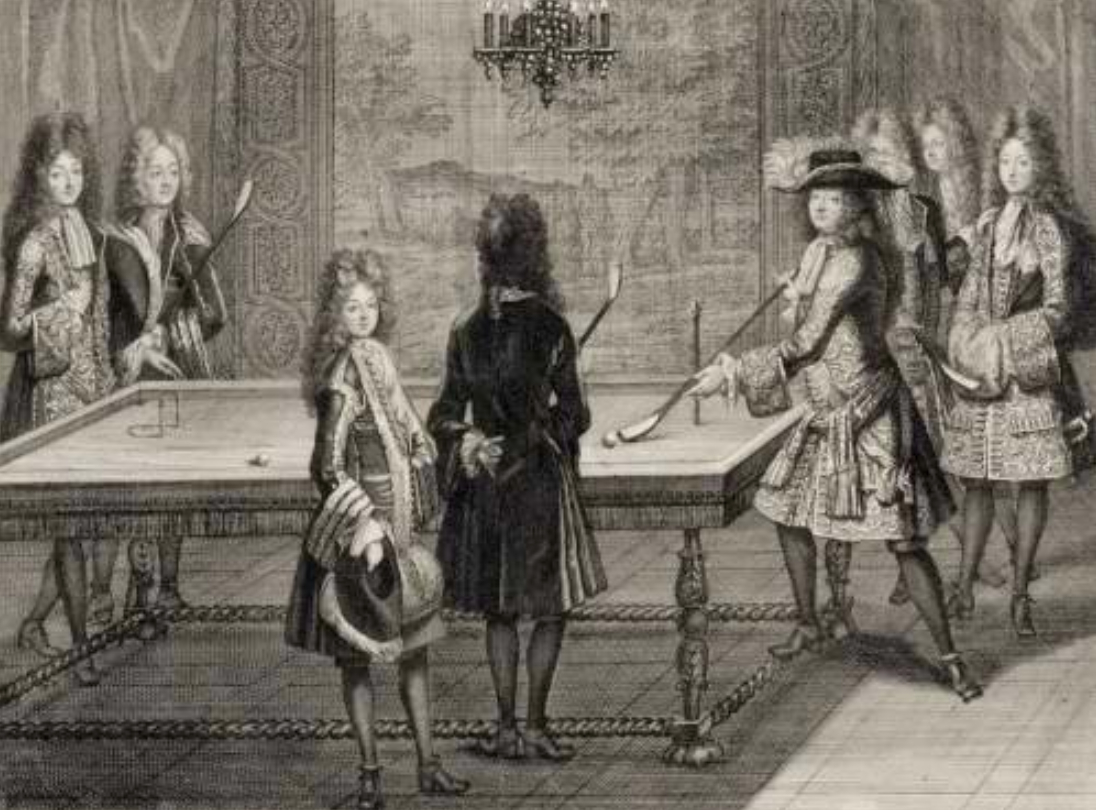
Figure 4: Women played with mace even though the cues already existed
During the 1800s, pool equipment began to improve, especially in England. It was mainly due to the Industrial Revolution. Even though the cue sticks did not have tips yet, chalk was already in use. The players discovered that applying chalk at the end of the stick helped increase friction between the ball and the cue.
By 1897, a professional player William Spinks and William Hoskins, a chemist, invented and patented the chalk that is now used for cue tips up to this day.
Leather cue tips are believed to have been introduced back in 1807. However, it was only in 1823 when the creation reached perfection. The same inventor of leather cue tips, a prisoner in France named François Mingaud, also figured out how to do the masse shot.
Players also soon discovered how to make the ball side-spin (or what the British would call a “side”). It helped them prevent a miscue so that they could strike the ball at the centre.
A few more years later, the two-piece cue came into existence in 1829. It is a type of cue stick that is widely used today. The two-piece cue has a mid-point or a joint that you can find in the middle of the stick.
Many players prefer this stick because of their convenience. Because of the adjustable size, you can take it anywhere with you and store it away easily as well.
Different joints existed back in the day, including plastic and wood. However, the best material is said to be brass, which can keep the cue straight. With proper maintenance, it can even last a lifetime. Another significant benefit is that the cue case for the two-piece cue is much more affordable than longer ones.
Today’s Different Types of Pool Cues
The World Eightball Pool Federation (WEPF) is the governing body of the sport of pool, which is mostly competed across continental Europe and the Commonwealth. The associated governing body of the WEPF in Australia is the Australian Eight Ball Federation (AEBF).
For those in Western Australia, there is a local governing body the West Australian Eight Ball Federation (WAEBF) the runs competitions and supplies all the specifications for pool and other cue games in the state.
Pool cues, in general, are simply tapered sticks measuring about 1.5 metres (equivalent to 57 to 60 inches). They can weigh anywhere from 450 to 600 grams (16 to 21 ounces). Most professionals, however, prefer the 540-gram variant (equivalent to 19 ounces).
Shorter cues, available in lengths of 36, 42, 48 and 54 inches, are designed for tight corners and for juniors and shorter players.
The following are different types of pool cues that beginners and even intermediate players should know about:
- One-piece cue: It is the simplest type of pool cue stick and is generally accessible when you go to pool rooms and pubs and night clubs. Everyone, including beginners, can use them.
- Two-piece cue: This second type has a division in the middle (joint), which allows the user to transport the stick easily. You can carry the cue using a pouch or a case.
- Three-quarter two-piece cue: The final variety is almost similar to the second type above, except that it has a joint about three-quarters down the stick. Snooker players also generally use this cue.
The most frequently used type is the two-piece cue, even though the first variety above is for public use.
The most popular timber for pool and snooker cues is Ash with its pronounced grain features and arrow patterns that can assist players with their aim. Players prefer Ash to the more traditional Maple because of its appearance (Maple has no grain feature) and its natural spring and generally better feel. It is important that you take proper care to protect your timber cue because, being a natural product, it can warp. Leaning the cue against the wall, heat and moisture can cause the wooden cue to warp so correct storage, such as in a cue case or cue stand, is required to extend the life of the cue.
Modern materials are now being used in the manufacture of cues such as graphite, fibreglass and carbon fibre to prevent warping and to extend the life of the cue. In particular, composite cues have become popular. These cues have an outer coating of fibreglass on a wooden core to provide extra strength. As a consequence, these cues are “stiffer” than Ash cues and generate more power.
Either “glue on” or “screw in” cue tips are attached to a ferrule (generally brass) of the cue. The tips vary in size from 8mm to 14mm. Pool players tend to play with the 8mm and 9mm tips because of the standard 2 inch balls used in the game whereas snooker players generally prefer the 9 and 10mm tips for use with 2 1/16 inch balls. American pool players play with heavier 2 ¼ inch balls and therefore require the larger 13mm tips.
Tip size can determine the amount of “spin” or “side” you can impart on the cue ball. Smaller tips can provide greater spin; larger tips makes it easier to hit the centre of the ball.
Specialty cues exist, for specific shots in the American versions of pool, particularly nine-ball.r. The intention is for players to accomplish specific strikes.
Here are some examples:
- Pool Break Cues: This type of cue comes with incredibly hard leather, which can be layered to make the end even harder. Sometimes, the tip is made of phenolic resin, which ensures that the player’s full stroke will radiate towards the cue ball. As the name implies, this cue stick is only used for break shots. Players typically exert more power when they hit the cue ball for the first time. Therefore, the pool break cue will help avoid excessive wear and tear on the main stick’s ferrule and tip.
- Pool Jump Cues: Another distinctive cue is the jump cue stick, which is a shorter type of pool stick. It is lighter than the main cue so that the player can perform a jump shot easier. The tip is often tough to help it withstand the excessive force. Some break cues come with a two-piece tip, letting players remove the heavier half of the stick. They can use it to do a jump shot.
It is important to note that the difference in sizes of pool cues and tips is based on the cue balls. The stick that you will utilise will depend on the particular table or game you are playing:
English Pool
Australians follow the English Pool version where the cues are designed for tables measuring 1.07 m by 2.13 m (3.5 feet x 7 feet).
Some tables, particularly those used in the UK, can be slightly smaller (usually six feet). Therefore, the size of the cue ball is somewhat tinier than the rest of the balls on the table. Since the cue ball is smaller and lighter, striking does not require extreme force. The standard cue for English Pool, therefore, is only around 1.5 metres with a cue tip measuring 8.5 mm.
Snooker
Snooker cues would have a cue tip of about 9.5mm. The length of the stick is almost the same as the one used in English Pool. It can either be in one or two pieces as well.
But why do snooker cues have larger cue tips than English Pool?
The reason is simple: the snooker table can go as huge as 3.5m x 1.5m (10 feet x five feet) to 3.7m x 1.8m (12 feet by six feet). It means that the balls travel farther, so they have a bigger design. Naturally, the cue sticks and tips should provide enough power so the player can target the right destination for the balls.
American Pool
In this type of pool game, it’s always better to be faster. It is mostly based on speed and entertainment, which the cues represent. The pool tables have drop pockets of about 57 mm (2.25 inches), compensating for the more massive balls.
Directing the balls to their destination requires a big and robust cue. American Pool uses a cue stick that is about 58 inches long with a sturdy build for the two-piece funnel. The cue tips are about 13 to 14 mm in diameter.
How Modern Players Customise Their Cues
Some professionals personalise their cue sticks to match their game style. For instance, artistic pool players would have at least 20 cues, which are all specifically tailored for a trick shot. Other players would also have pool sticks that have more than two sections. They add weights between these sections.
A pool cue can also have a butt or tip extension, which can either be screwed into or slipped to the standard tip. It allows the player to gain a longer cue, which reduces the need for the mechanical bridge.
Two-piece cues may have joints, but professionals want it to be almost invisible. The wood-to-wood linkage makes it look similar to the one-piece cue. This trick is known as the Sneaky Pete. The idea is to have opponents underestimate your capacity as a pool player because they think you are using a low-quality stick.
The pool cues can also be customised to be lighter or heavier. Pros typically prefer the lighter varieties but some people like the heavier cues. They tend to push the balls stronger so they can move faster across the table.
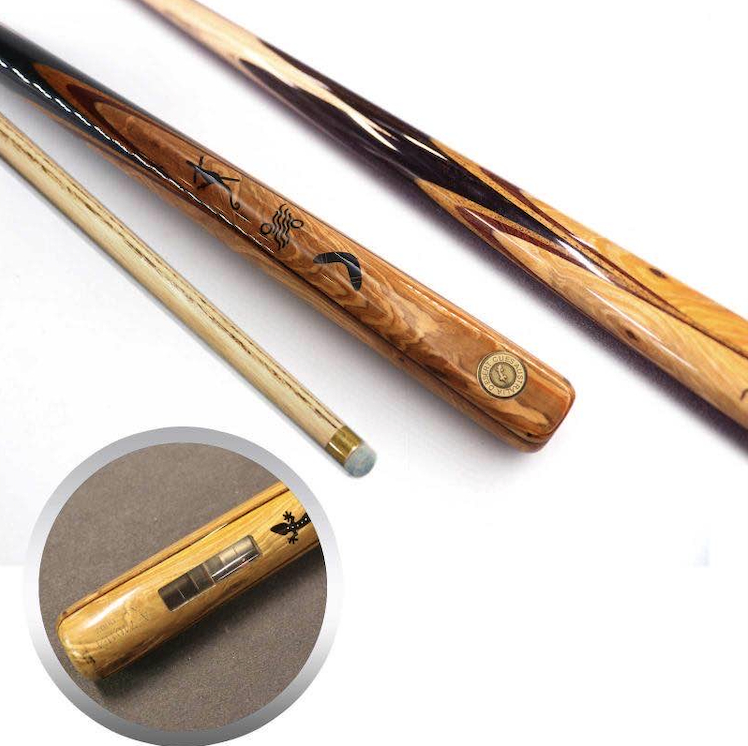
Precision engineering has therefore resulted in an innovative cue that can be adapted to each player’s particular and unique preferences. This remarkable product functions and services all sizes and standards of player. Desert Cues have embellished their beautifully proportioned and individually balanced cues with distinctive designs of the Aboriginal Culture indigenous to Australia.
Native Australian timber, some specimens of which are over five thousand years old, are used in the crafting of these very special cues. Hence every cue tells its own story. Technological design and external artwork distinguish Desert Cues as unique in the games of pool and snooker.



